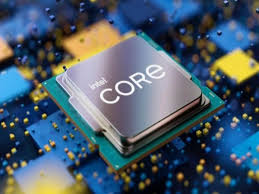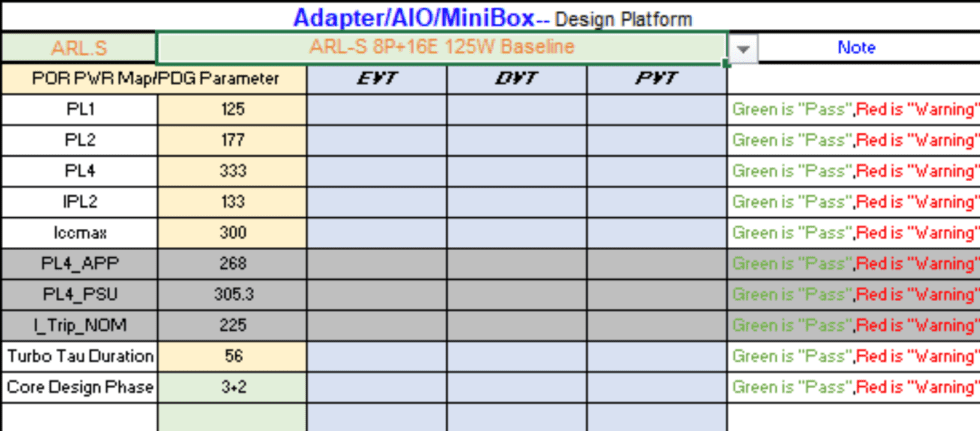The power restrictionsaa for the Intel Arrow Lake-S desktop CPUs are as follows: 125W PL1, 177W PL2, and 333W PL4.
The next Arrow Lake-S desktop central processing units (CPUs) from Intel are said to be very power-efficient, with power constraints of 125W for the PL1, 177W for the PL2, and 333W for the short-term PL4 as the absolute highest limit for unlocked SKUs. This is clear from a schematic that was accidentally published online, which depicts a unique Arrow Lake-S desktop CPU with 16 E-cores based on the new Crestmont architecture and 8 P-cores based on the Lion Cove design.
The thermal design power, or TDP, is 125W, which is typical for unlocked CPUs manufactured by Intel. When compared to the Core i9-13900K, which is rated at 253W, the PL2 rating is much lower, representing a 43% reduction in power consumption. It is comparable to the power restriction for PL4, which has been established at 333W. The Core i9-13900K has a PL4 limit that is 420W, which is a drop of 26% from its predecessor.
The power constraints may only apply to early development samples, but if they are kept in the final design, they imply that the desktop CPUs based on Arrow Lake might be more energy efficient than current 13th and 14th generation components that are manufactured on the Intel 7 (10nm ESF) node. This is the case provided the power limits are maintained.
What’s the latest:
Desktop central processing units based on Intel’s Arrow Lake architecture will leverage the company’s newest 20A manufacturing process node, which is anticipated to bring about considerable improvements in energy efficiency. It is anticipated that the performance and efficiency of the 10nm ESF process node would increase as a result of the implementation of the 20A process node, which is an NMOS-only process.
The forthcoming Intel Arrow Lake desktop central processing units (CPUs) will relocate to the next-generation LGA 1851 socket on 800 series motherboards. This socket will continue to get support until 2026 and is compatible with only DDR5 memory.
The anticipated level of performance as well as competition
It is anticipated that desktop CPUs based on the Arrow Lake architecture would provide high levels of performance while maintaining low levels of power consumption. They have the potential to compete with AMD’s Ryzen 7000 series of desktop processors, which are also based on TSMC’s new 5nm production node. Although the debut of Intel’s Arrow Lake desktop central processing units (CPUs) is still a year away, these CPUs have the potential to revolutionise the desktop CPU environment.
The new central processing units have the potential to give strong performance while maintaining high energy economy and to compete with AMD’s Ryzen 7000 series.



[…] Strix Point, Hawk Point, Arrow Lake, and Lunar Lake next-generation AMD and Intel laptop CPU families have been described in […]
[…] possible that desktop CPUs may benefit from Intel’s new […]